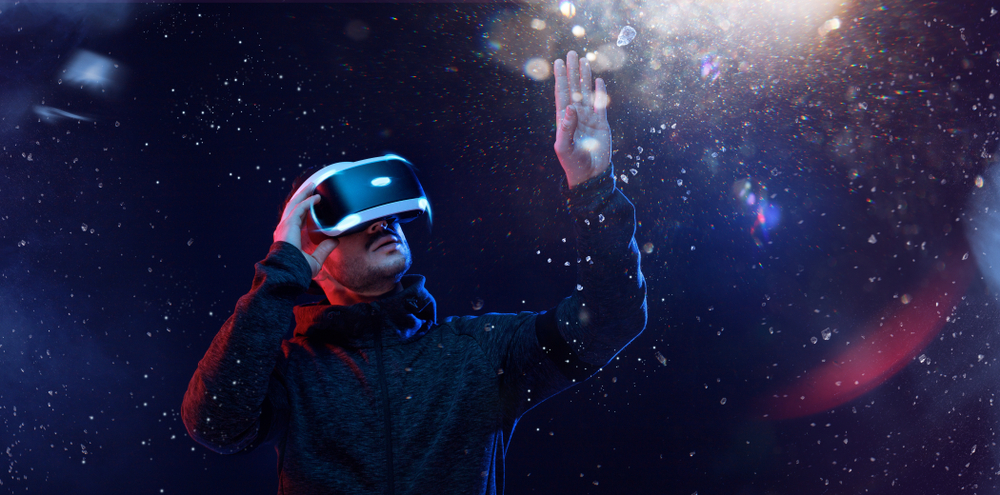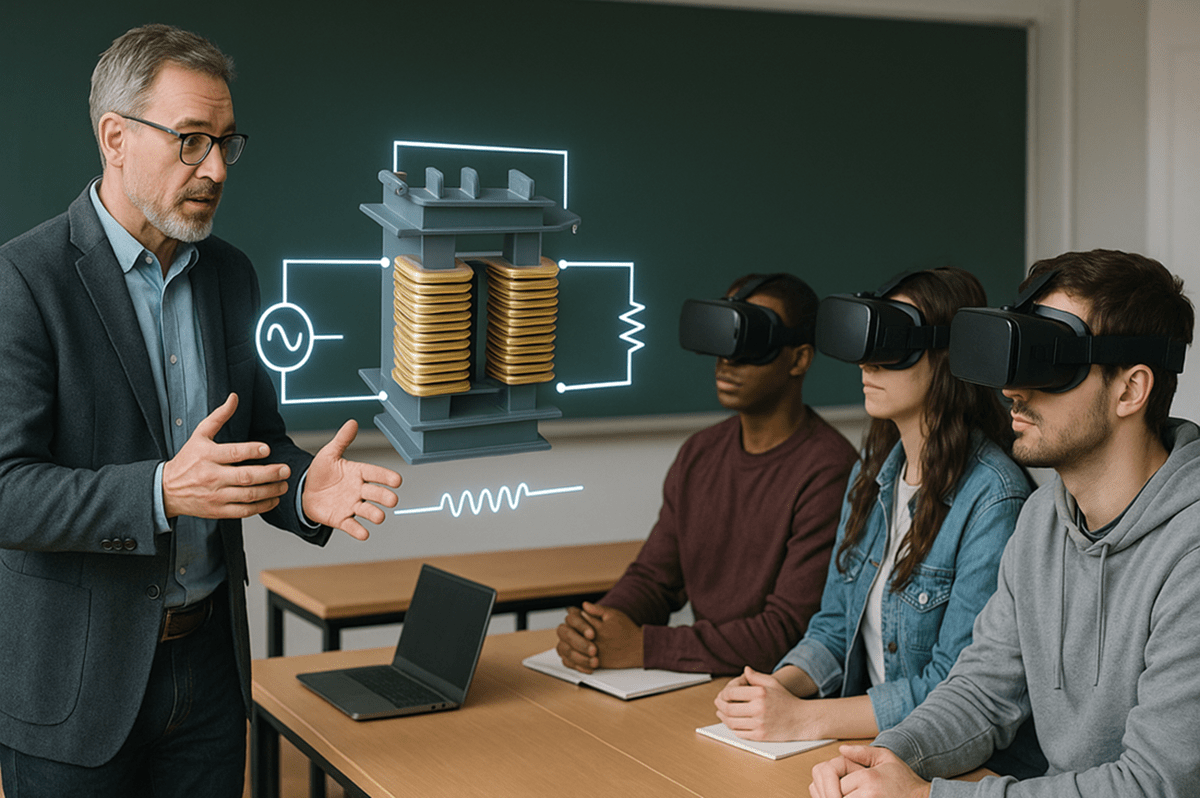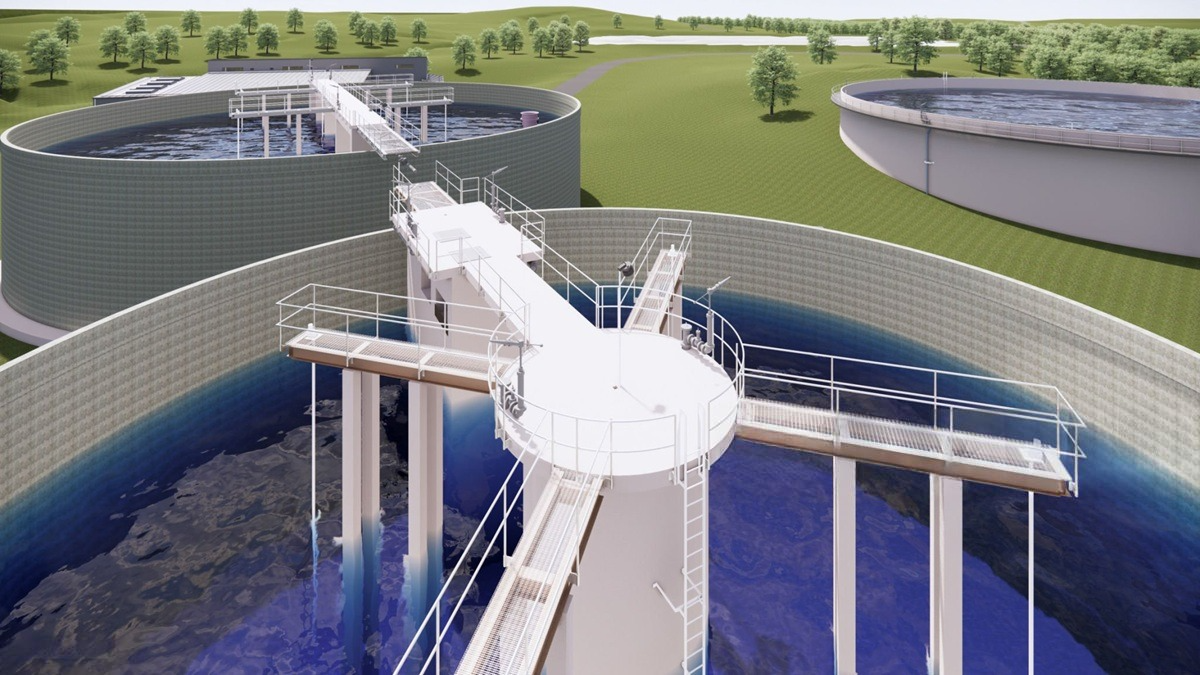VR Data Observatory: Interrogating Astrophysical Data in Virtual Reality

Universe is vast and in this vast universe there are countless celestial phenomena that occur simultaneously, be it about birth of stars or the collision of galaxies.
All these phenomenas and mysteries of the universe have always captivated human imagination that compel them to explore the universe along with understanding its complexities. Perhaphs, traditional setup often limits them.
However, VR Data Observatory has evolved an innovative and immersive way to use VR in educating budding astronomers and scientists.
In this blog, we will learn about VR Data Observatory and its impact on Astrophysical Data.
Birth of VR Data Observatory
The VR Data Observatory (VRDO) was born with the intersection of two fascinating worlds- astronomy and virtual reality.
But what was it required?
The creation of the VR Data Observatory is nothing less than a cosmic revelation as it was necessary for the seemingly insurmountable gap that separated us from the unfathomable depths of astrophysical data.
When researchers throughout the globe began their relentless quest to uncover the mysteries of the universe, it became evident that the representations of the celestial data in a traditional 2D manner were no longer sufficient to satisfy the insatiable curiosity of the budding astronomers.
Asking why?
Well, with the traditional approach, they were stuck with flat, lifeless numbers and graphs that made them look at the cosmos through a narrow window of comprehension.
Yes, this wasn’t sufficient! And, what about a deeper understanding of the subject matter?
Their constant thirst to gain a deeper understanding of the topic and desire to explore the cosmos led to the evolution of VRDO.
With VRDO, today, we have entered a new era where there are no boundaries of space and time. With the use of VR for Astronomy the cosmos have come alive. And, most importantly the universe is no longer restricted to textbooks and charts.
Exploring Astrophysical Data in Virtual Reality
With the use of VR for engineering education, the users are able to immersive themselves in the universal wonders. This immersive technology allows the students to navigate through space, explore galaxies, and dissect the minutiae of celestial objects, all from the comfort of their own homes.
Here is how it has impacted higher education-
✔️ Visualizing Complex Data
A virtual reality classroom for astronomical students serves as an incredible portal where they can access an extensive and diverse collection of astronomical data.
The virtual gateway offered by VR in Astronomy has opened doors to data collected from various observatories, space telescopes, and scientific missions from around the world. The virtual gateway offered by VR in Astronomy has opened doors to data collected from various observatories, space telescopes, and scientific missions from around the world.
Just a few clicks or some hand gestures and you can get immersed in a tapestry of information that enables them to have a comprehensive view of the cosmos like never before.
Innovative. Isn’t it?
What if you are able to explore Hubble Space Telescope's awe-inspiring images? Yes, it is possible with the use of virtual technology in higher education.
And, not only this, you are able to navigate through the mesmerizing data from the Kepler mission and dissect the intricacies of the virtual celestial objects documented by observatories throughout the globe.
With the use of VR data observatory, access to these troves of knowledge is democratized. Thus, making it a valuable resource for researchers, educators, and space enthusiasts alike.
✔️ Realistic Scale
Textbooks can only imitate the complex structures in 2D and in small size which leaves students with confusion about the actual proportions.
However, virtual reality a solution to this problem.
In the VR environment, the size and scale, both become tangible. Virtual reality applications for Data Observatory allows the users to appreciate the true vastness of the universe.
How?
By presenting the virtual replicas of celestial objects, that too in their actual sizes. With such a sense of scale is essential for the students to understand the enormity of the cosmos along with experiencing the interactions between various celestial bodies.
 Get the App from Meta Store: Download Now
Get the App from Meta Store: Download Now
✔️ Real-Time Interactivity
With VR Data Observatory, you are no longer a passive observer, instead with this dynamic and interactive platform you are allowed to experience the universal concepts first hand.
Researchers and enthusiasts can engage with data as it's being updated in Virtual reality. This allows them to keep their fingers on the pulse of astrophysical research.
With real-time experience, they empower the users to actively participate in the ongoing exploration of the cosmos.
It's similar to having a front-row seat to the universe's ever-unfolding story.
Whether it's a newly discovered exoplanet, a stellar explosion, or the birth of a galaxy, users can witness these events as they happen and become a part of the scientific discourse.
Real-time interactivity in VRDO fosters collaboration and learning, making it a valuable tool for researchers and educators striving to keep their knowledge fresh and relevant.
✔️ Collaborative Research
When it comes to research, collaboration is highly crucial. But collaborating in traditional setup can be limited with a lot of factors and most important among them is geographical barriers.
VR for students studying about astrophysics supports collaborative research efforts. With the help of virtual reality, astrophysicists and astronomers from different corners of the world can meet in a shared virtual environment.
Using this feature, they can discuss about their findings, share insights, and collaborate on research projects.
With this global collaboration, the geographical boundaries are transcended, accelerating scientific discoveries.
✔️ Navigating the VR Data Observatory
Here the features of VR data Observatory that are designed to facilitate data exploration in astrophysics-
✔️ Astronomical Tours
At one place where augmented reality in aviation maintenance allows you to merge real world with the digital information, the VR data observatory allows students to take guided tours through different celestial phenomena.
They can explore the intricacies of the Orion Nebula, witness the collision of galaxies, or dive into the chaotic environment of a supernova explosion.
These guided tours provide a structured learning experience for newcomers and experts alike.
Impressive. Right?
✔️ Custom Data Exploration
For those with specific research interests, the VR Data Observatory allows for custom data exploration. Researchers can import their own data or select from a vast database of astronomical information to create personalized experiences.
This feature empowers users to investigate data that is most relevant to their work.
✔️ Data Analysis Tools
In addition to visualization, the VR Data Observatory provides a suite of data analysis tools. Users can measure distances, analyze spectral data, and conduct statistical analyses within the virtual environment.
This integration of analytical tools enhances the utility of the platform for research purposes.
Bridging the Gap Between Science and Education
The benefits of VR Data Observatory is not only about research. It also offers a lot of benefits in the educational field.
Virtual reality being immersive and engaging in nature inspires and educate the future generation of space enthusiasts and scientists.
✔️ Classroom Integration
Educational institutions are increasingly incorporating VR technology into their curricula. The VR Data Observatory can play a crucial role in astronomy and astrophysics classes, making complex concepts accessible to students.
It transforms abstract theories into tangible experiences, fostering a deeper understanding of the cosmos.
✔️ Outreach Programs
Museums, planetariums, and science centers can leverage the VR Data Observatory to engage visitors in a new and exciting way.
VR experiences can be tailored to different age groups, ensuring that everyone, from children to adults, can explore and learn about the universe.
Future Possibilities
The VR Data Observatory is creating a huge impacts but it is just the beginning. Here are some future possibilities:
✔️ Artificial Intelligence Integration
The integration of artificial intelligence (AI) algorithms can further enhance the VR Data Observatory. AI can assist in data analysis, identify patterns, and even predict future celestial events.
It has the potential to revolutionize how we understand and interact with the universe.
✔️ Multi-Sensory Experiences
Future developments may include the integration of sensory feedback systems that simulate not only visual but also tactile and auditory sensations.
Imagine feeling the gravitational forces at play during a black hole collision or hearing the cosmic symphony of stars.
✔️ Expanding Our Cosmic Horizons
As we continue to explore and understand the universe, the VR Data Observatory will evolve to accommodate new discoveries. It will be a living platform that grows in tandem with our expanding knowledge of the cosmos.
Conclusion
To conclude, VR Data Observatory has brought astrophysical data to life in a manner that is not only informative but also deeply engaging.
Whether you're a researcher who is seeking to unravel the cosmic mysteries or an enthusiast who is looking to take a celestial adventure, the VR Data Observatory has opened up a new dimension of exploration.
It has the power to visualize, educate, and inspire the budding astronauts. Thus, bridging the gap between science and the cosmos, bringing them one step closer to unlocking the universe's deepest secrets.
So, put on your VR headset and prepare for a journey through the cosmos like you've never imagined.


.png)
.png)

.png)